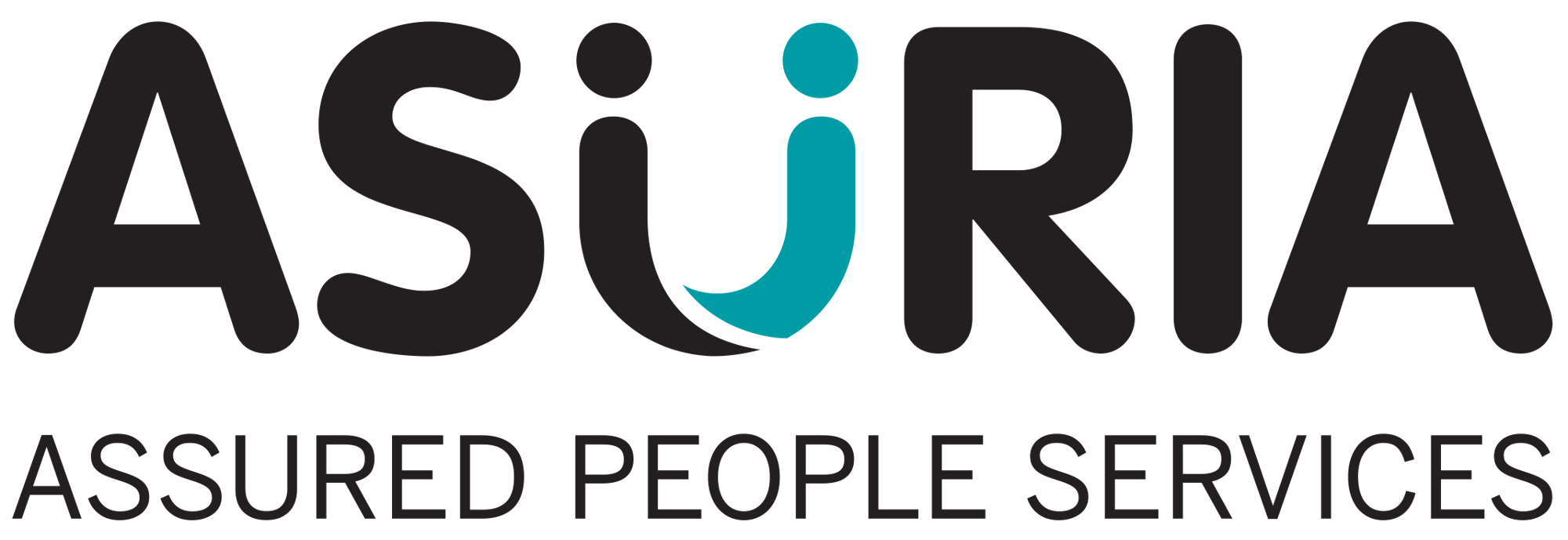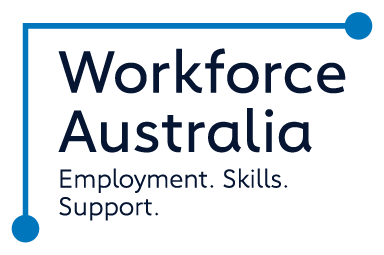According to Health Direct, up to 1 in 10 Australians has a learning disability, with the most common conditions affecting reading and writing. Over 1 million Australians of working age have a disability, so conditions like these don’t need to stop you from finding fulfilling employment.
Clearly, it’s common for people with learning disabilities to find fulfilling employment, but if you’re embarking on a job search, questions might loom large in your mind. In this article, we’ll offer helpful employment tips for people with learning disabilities.
What Challenges Can People With Learning Disabilities Face?
Learning disabilities often affect reading and writing. In fact, about 8 in 10 people with a learning disability have dyslexia. Other common learning disabilities include:
- - Dysgraphia: difficulties with spelling and handwriting
- - Dysphasia: difficulties with speech
- - Dyscalculia: difficulties with mathematics.
These conditions can make it difficult to express things in writing, struggle with organisation and lead to reduced confidence in academic tasks. When it comes to looking for a job, this can add a level of complexity to everything from creating a resume to sitting a job interview and more.
So what can job seekers with a learning disability do to help their chances at finding and keeping a job they love?
Prepare Your Job Search Materials
Before contacting potential employers, spend some time perfecting your job search materials: your resume and cover letter. And if you would like assistance creating these items, our Job Coaches are here to help, whenever you need.
Resume
A professional, clear resume helps potential employers to understand your skills, qualifications and experience. If you have a resume you prepared in the past, review it and add details to bring it up to date. Alternatively, if you’ve never created a resume before, talk with your Job Coach about where to start. Your resume should include these sections:
- - Professional profile
- - Employment summary
- - Responsibilities and achievements
- - Education
- - Additional relevant information (volunteer roles, awards, affiliations)
- - References.
After you’ve included all the necessary information, please review it carefully with your Job Coach. Keep these considerations in mind:
- - Don’t exceed five pages
- - Keep your formatting simple and clean
- - Don’t use cutesy fonts
- - Avoid tables, images and graphs
- - Review your spelling and grammar carefully.
If you find spelling and grammar a challenge, check out some free online tools like Grammarly that can give some quick tips on improving your writing.
Cover Letter
Your cover letter is likely to be an employer’s first impression of you, so spend some time getting it just right.
The Australian Network on Disability put together a cover letter template that includes the following tips:
- - Keep it short (less than one page).
- - Consider the employer’s needs and your skills, and use your letter to match them.
- - Tailor your letter for each job you apply for, and if possible, show that you’ve learned about the targeted organisation.
- - Be professional, clear, enthusiastic and respectful.
- - Don’t hide your personality.
- - Structure your letter with organised, logical paragraphs that each focus on a central point.
Again, your Job Coach can help you with the preparation of these materials.
Prepare for Your Interviews
While you’re waiting to hear back from potential employers, you can prepare for interviews. For some people with learning disabilities, expressing information verbally can be tough, even if you understand it perfectly in your head. Practice makes perfect in many areas, including interviewing! So recruit a friend or mentor to run you through several dry runs. And cover the following bases.
Professionalism
Employers want to hire people who present themselves well. After all, you’ll become a representative of their business. So make sure you dress to impress for your interview. If you’re unsure, remember that it’s always better to overdress than underdress.
During the interview, be sure to sit up straight and make eye contact with your interviewer. Do your best to avoid interrupting anyone, and try not to say anything negative about previous employers.
Research
The more you know about the company, the better prepared you’ll be to speak intelligently about the potential job. So, to start your research read through the company’s website and learn what you can about the industry.
STAR Technique
The Australian Network on Disability explains the STAR Technique in its Jobseeker Toolkit, which can be a handy acronym to remember when talking about your past work activities in an interview. STAR stands for Situation, Task, Action and Result. Here’s how it works:
Situation: Briefly describe where you were and what you were doing.
Task: Succinctly describe your task requirements.
Action: Describe each step you took to complete the task.
Result: Illustrate the outcome, including any positive feedback or lessons learned.
Sell yourself
As children, we’re taught to not brag about ourselves, but in a job interview, you have to explain why you would be a great fit for the job. For many people, this is a crucial thing to practice ahead of time. You don’t want to get tongue-tied when a potential employer asks why they should hire you.
Prepare a one-minute pitch that shines a spotlight on your skills and strengths. You can fall back on this short speech during the interview, but don’t let this be the only time you showcase your qualities.
Let your personality shine throughout the interview, and be positive. You can’t plan for everything, so have confidence that you’ll perform well in your interview. Your careful preparation will pay off.
Should You Share Information About Your Disability?
It can be tricky to know when to share information about your learning disability in the job-seeking process, and all organisations are at different stages of their journey to disability awareness.
Remember that you have no obligation to share details about your learning disability with a prospective employer. However, if you require an adjustment for any stages of the job-seeking process, you might decide to share this information.
If you decide to talk with the employer about your learning disability, remember that your disability can be a positive attribute. For instance, you’ve learned to manage your learning disability, which has helped you to develop your skills.
Once you land a position, your Job Coach can help you make the transition into work, including assisting the employer in understanding any adjustments that need to be made in the workplace. If you’d like to speak with a Job Coach yourself, simply fill out this form. We believe in you and hope to help you find and keep meaningful work.








